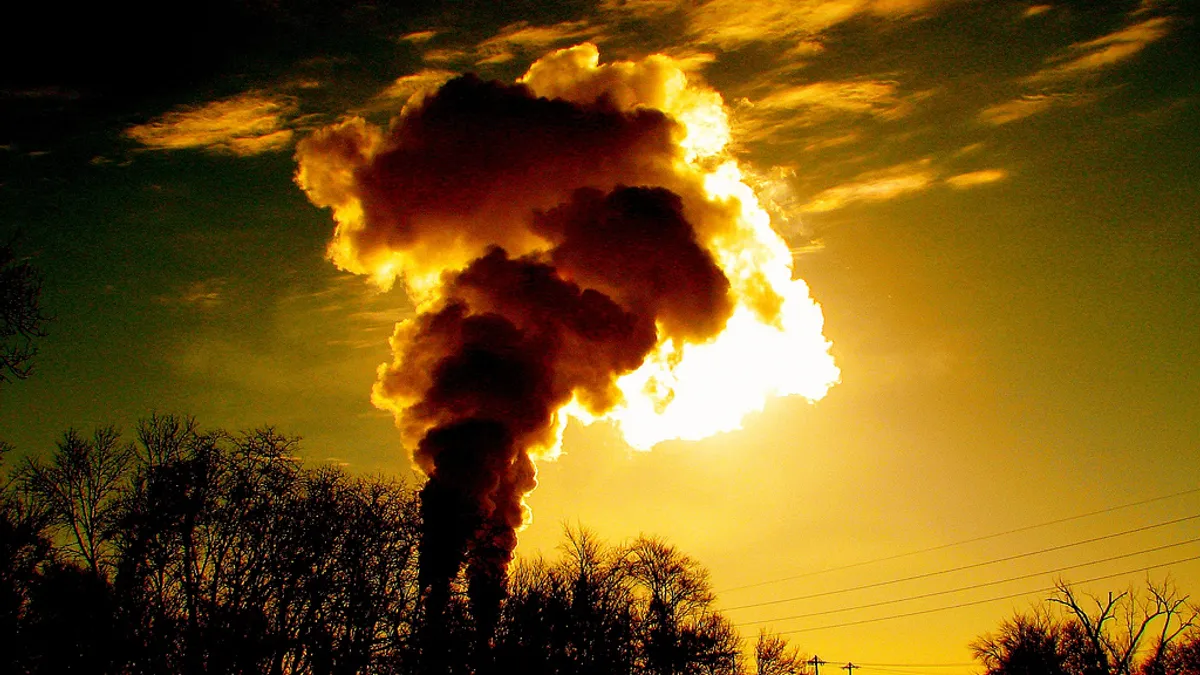Dive Brief:
- A reliability impact assessment released by the Southwest Power Pool (SPP) indicates that generators in the Regional Transmission Organization may not have enough time to adapt to new EPA regulations.
- The assessment concluded the proposed Clean Power Plan’s 2020 and 2030 goals will require generation-unit retirements and transmission infrastructure construction that will leave SPP's current 13.6% above-peak-demand reserve margin at 4.7% by 2020, a reserve margin drop of 4,600 megawatts.
- The Clean Power Plan is aimed at cutting U.S. greenhouse gas emissions from existing power plants 30% below 2005 levels by 2030, with interim goals starting in 2020. The SPP assessment predicts that meeting those goals will require the retirement of 9 gigawatts of fossil fuel generation and compromise system reliability to the point of potential severe overloads and cascading outages.
Dive Insight:
SPP VP Lanny Nickell said EPA's goals may not be achievable and could cause “a significant loss of load and violations of regulatory reliability standards.”
The assessment’s conclusion that SPP will need 9 gigawatts of new generation is 50% higher than SPP’s projected 6 gigawatts.
Beyond the obstacles to building new generation, it could take up to eight and a half years to plan, design, and build the necessary transmission infrastructure.
There is more planning and implementation flexibility in the EPA plan’s state-specific emissions reduction goals than the SPP assessment modeled. The SPP assessment was based on members’ generation and load forecasts, new generation and plant closure announcements, and the EPA’s projected generator retirements.
SPP recommended that the EPA hold technical conferences in conjunction with the Federal Energy Regulatory Commission to consider reliability impacts, obtain a detailed impact study from the North American Electric Reliability Corporation, extend the compliance schedule by 5 years, and incorporate the ISO/RTO Council’s reliability safety program.














